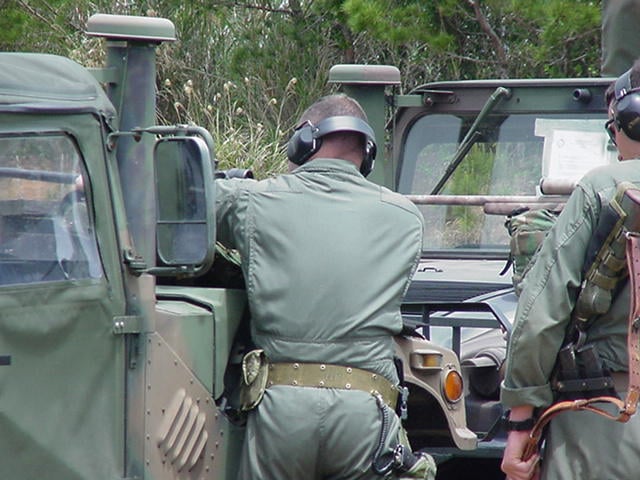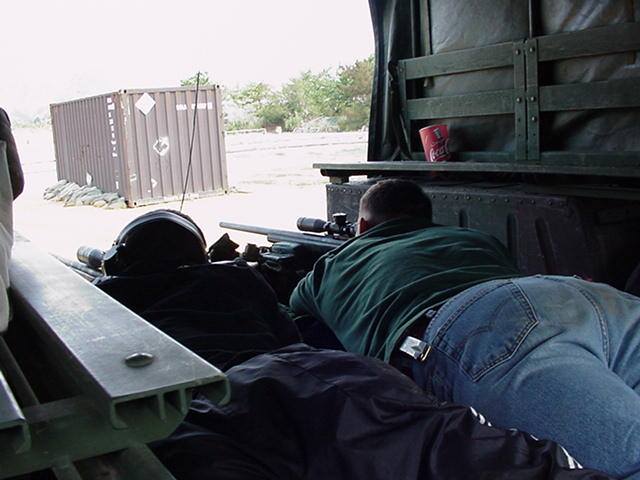During my more than 30 years in the Marine Corps I observed many different MOSs (jobs) that worked very hard/long hours to accomplish their mission. I had always heard about how the Airwing has the hardest workers; and they do work hard and very long hours.
But, I have observed what I believe are the hardest workers in the Marine Corps; vehicle (tanks, tracks, trucks, etc.) Mechanics.
During 1993-94 I was deployed with 3/3 SSP to Okinawa Japan for a six-month deployment. The SSP only rated one HMMWV (truck), but needed two to operate independently. I went to SSgt Kalalau, the Staff Noncommissioned Officer In Charge (SNCOIC) of the Motor Transport Section, which was very small unit of drivers and mechanics, and asked what could be done. I still do not know how he did it, but he found me a second truck for the duration of the deployment.
I paid them back by allowing the Motor T Marines to show up at any of our Scout Sniper live fires to shoot our M40A1 sniper rifles. They enjoyed shooting at balloons because they gave immediate feedback on their hits. Any time a truck full of MT Marines showed up we would stop our training and let them shoot; because we understood they needed to get back to work.
It paid off; many times. I remember walking into MT at Camp Fuji (mainland Japan) and seeing a long line of drivers waiting for their vehicles, but when we showed up we received immediate service.
So, why were the MT Marines of 3/3 my favorite? Easy answer; because their boss, SSgt K, made them work their butts off to provide amazing support to the entire Battalion.
Note: Grunts are highly proficient at breaking things; like trucks.
I saw SSgt K lying on broken down MRE boxes, which he laid on the snow so he could do fourth echelon maintenance on our trucks; yes, I said fourth echelon maintenance. Fourth echelon maintenance is not allowed at the infantry Battalion level, but SSgt K and his men knew that is what had to be done to keep us training.
All of the MT sections I worked with over the years have been outstanding, but 3/3 stood out. Throughout the years I have told thousands of people about the 3/3 MT platoon from 1992-1994 and their dedication to the Grunts they supported.
Semper Fi, my Motor “T” brothers.
SF DKD
Follow our regular channel at Spotterup on YouTube
Follow our WEBSITE
Follow on Instagram
Visit our STORE
*The views and opinions expressed on this website are solely those of the original authors and contributors. These views and opinions do not necessarily represent those of Spotter Up Magazine, the administrative staff, and/or any/all contributors to this site.


